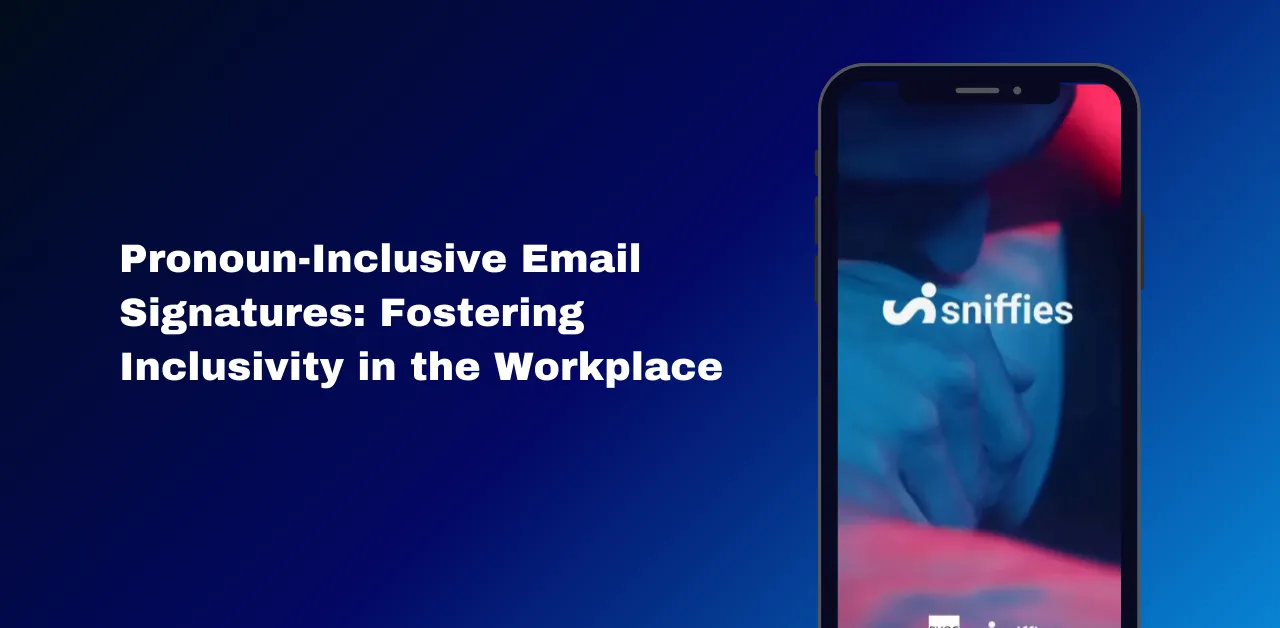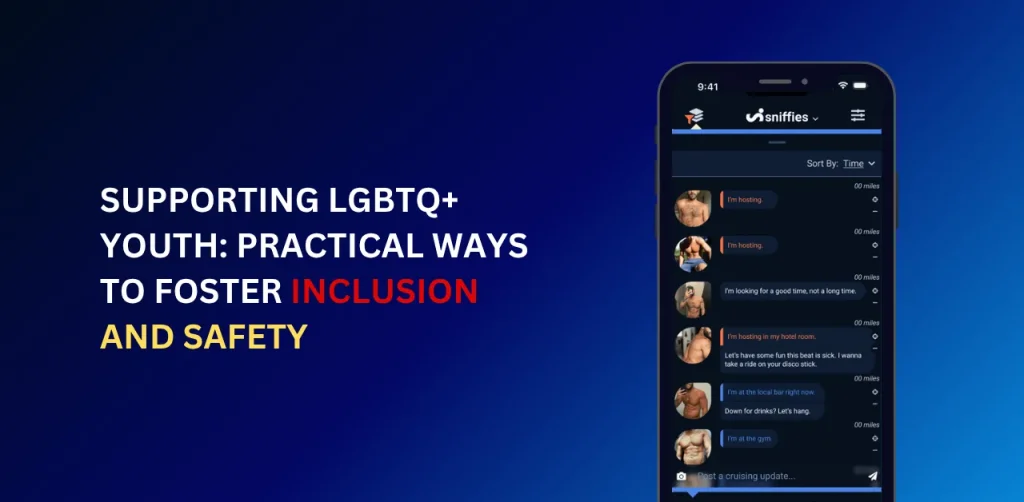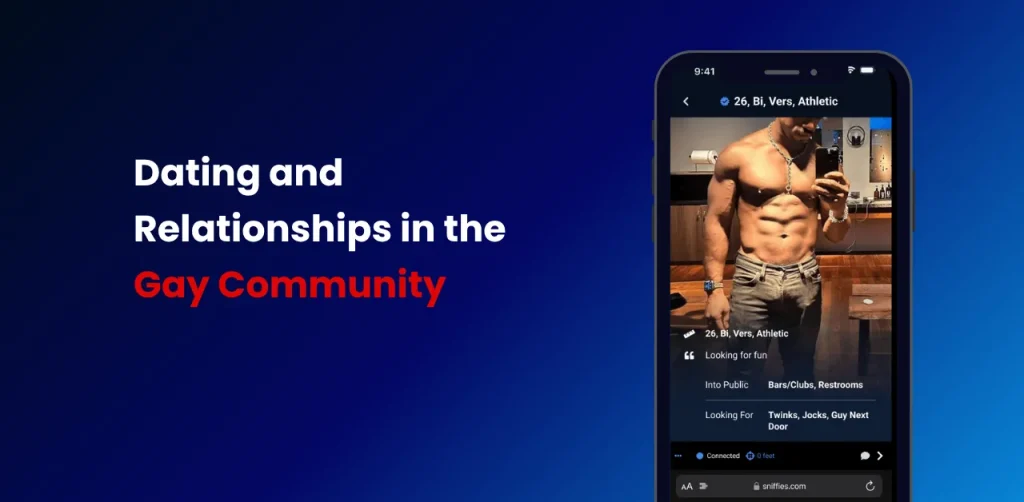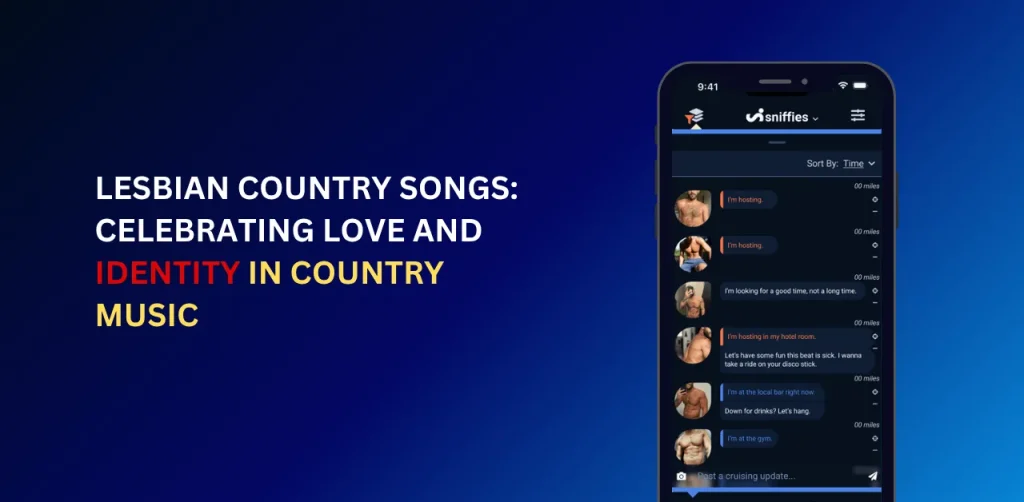Pronoun-Inclusive Email Signatures: Fostering Inclusivity in Workplace

In today’s diverse workplaces, small actions can create a big impact. One such action is including gender pronouns in your email signature. But what are pronoun-inclusive email signatures, and why do they matter? Let’s dive in.
Pronoun-inclusive email signatures involve adding your preferred pronouns ike “She/Her,” “He/Him,” or “They/Them” to your email signature. This simple step shows respect for individuals’ gender identities and helps create a workplace where everyone feels valued. By reducing misgendering and promoting inclusivity, it’s a small change with a big effect.
This guide explores why pronoun-inclusive email signatures are important, how to implement them, and best practices to follow. Whether you’re an individual or an employer, you’ll find actionable steps to foster a more inclusive workplace.
Why Use Pronoun-Inclusive Email Signatures?
Pronoun-inclusive email signatures offer several benefits that enhance workplace culture and communication. Here are the key reasons to adopt this practice:
A 2021 Pew Research Center study found that nearly half (46%) of U.S. adults say they are comfortable with people sharing their pronouns in professional settings, highlighting growing acceptance of this practice (Pew Research Center).
How to Add Pronouns to Your Email Signature
Adding pronouns to your email signature is straightforward. Below are step-by-step instructions for two popular email platforms, along with general guidance for others.
Gmail
- Open Gmail and click the gear icon in the top-right corner.
- Select “See all settings.”
- Scroll to the “Signature” section.
- Click “Create new” or edit an existing signature.
- Add your pronouns, e.g., “Pronouns: She/Her” or “They/Them.”
- Click “Save changes.”
Outlook
- Open Outlook and go to File > Options > Mail.
- In the “Compose messages” section, click “Signatures.”
- Choose “New” or edit an existing signature.
- Add your pronouns, e.g., “Pronouns: He/Him.”
- Click “OK” to save.
Other Platforms
Most email clients, like Apple Mail or Yahoo, have a signature settings option. Look for “Signature” or “Preferences” in the settings menu and add your pronouns in a clear, professional format.
Example Signatures
Here are some examples of pronoun-inclusive email signatures:
| Name | Signature Example |
|---|---|
| John Doe | John Doe Marketing Manager Pronouns: He/Him Company Name |
| Jane Smith | Jane Smith Software Engineer Pronouns: They/Them Company Name |
| Alex Lee | Alex Lee HR Specialist Pronouns: She/Her, They/Them Company Name |
Best Practices for Pronoun-Inclusive Email Signatures
To ensure your pronoun-inclusive email signature is effective and respectful, follow these best practices:
Employer Approaches to Encouraging Pronoun Use
Employers play a critical role in fostering an inclusive workplace. Here are some strategies to encourage pronoun-inclusive email signatures:
Some organizations, like Cushman & Wakefield, encourage pronoun use as part of their diversity, equity, and inclusion (DEI) initiatives, noting it’s an “easy way to send a message of inclusion” (BBC).
Impact on Workplace Culture
Pronoun-inclusive email signatures can transform workplace culture in meaningful ways:
- Fosters a Sense of Belonging: When employees see their identities respected, they feel more valued and included.
- Improves Communication: Clear pronouns reduce misunderstandings and promote respectful interactions.
- Enhances Company Reputation: Companies that prioritize inclusivity attract diverse talent and build a positive reputation.
Forbes notes that using correct pronouns is “foundational to creating a culture where people feel seen and valued,” which can improve team communication and productivity (Forbes).
Why Should I Include Pronouns in My Email Signature?
Including pronouns signals respect and reduces misgendering. It’s a small action that fosters a culture of inclusion, especially in diverse workplaces.
Are Pronoun-Inclusive Signatures Mandatory?
No, they’re not mandatory, but many organizations encourage them as part of DEI initiatives. Always respect individual choices about sharing pronouns.
How Do I Handle Pronouns If I’m Unsure?
If you’re unsure about your pronouns, it’s okay to omit them or use a neutral option like “they/them” until you’re ready. You can also consult resources like GLAAD for guidance.
Can Pronouns in Signatures Impact Professionalism?
When done thoughtfully, pronoun-inclusive signatures enhance professionalism by showing cultural awareness and respect for colleagues and clients.
Conclusion
Pronoun-inclusive email signatures are a simple yet powerful way to promote respect and inclusivity in the workplace. By sharing your pronouns, you help reduce misgendering, support diverse identities, and foster a culture where everyone feels valued. Whether you’re an individual updating your signature or an employer encouraging this practice, this small step can make a big difference.
Start today by adding your pronouns to your email signature and encouraging your team to do the same. Together, you can build a more inclusive and respectful workplace.
For more information, explore our latest article What Does Non-Binary Mean?, LGBTQ+ Friendly Travel Destinations and AI for HIV Prevention:
Meta Description
Learn why and how to use pronoun-inclusive email signatures to foster inclusivity in your workplace. Discover best practices and examples to implement this simple yet powerful tool.
Title Suggestions
- The Ultimate Guide to Pronoun-Inclusive Email Signatures: Foster Inclusivity in Your Workplace






